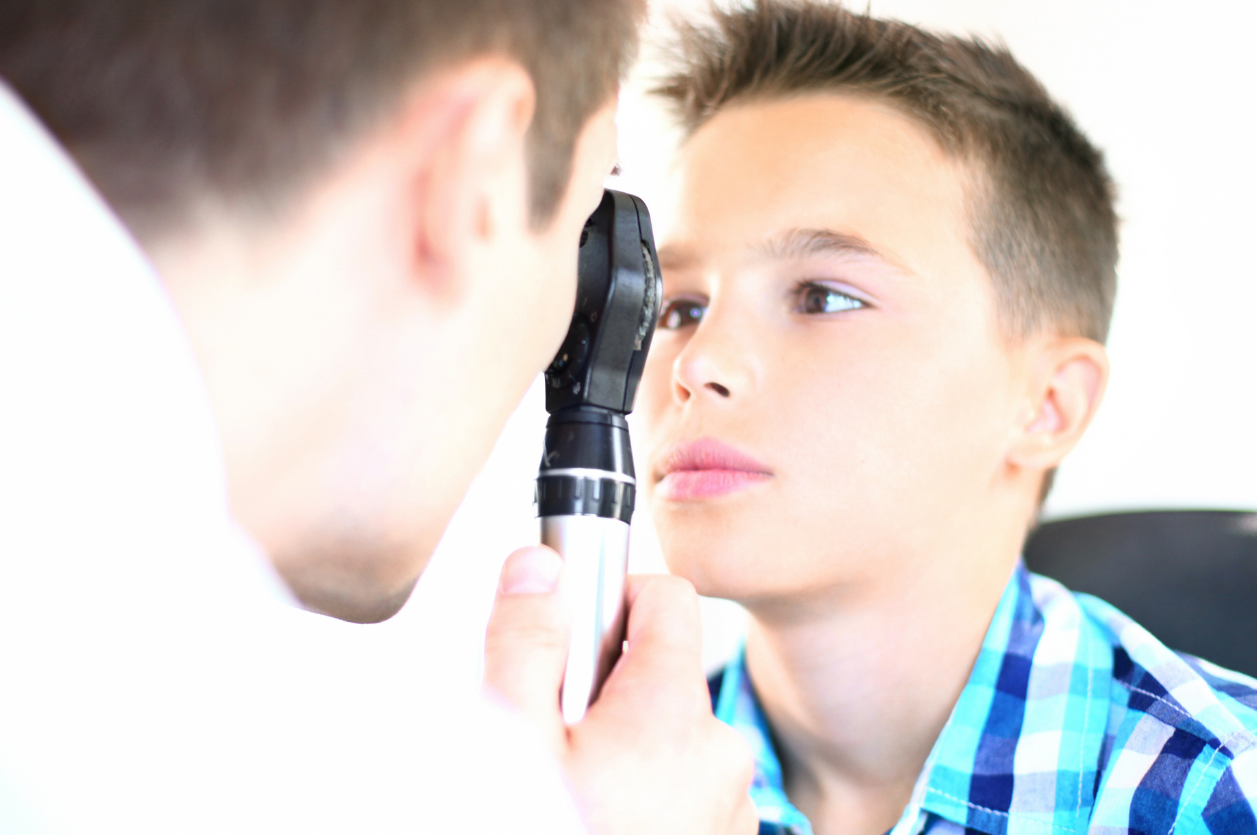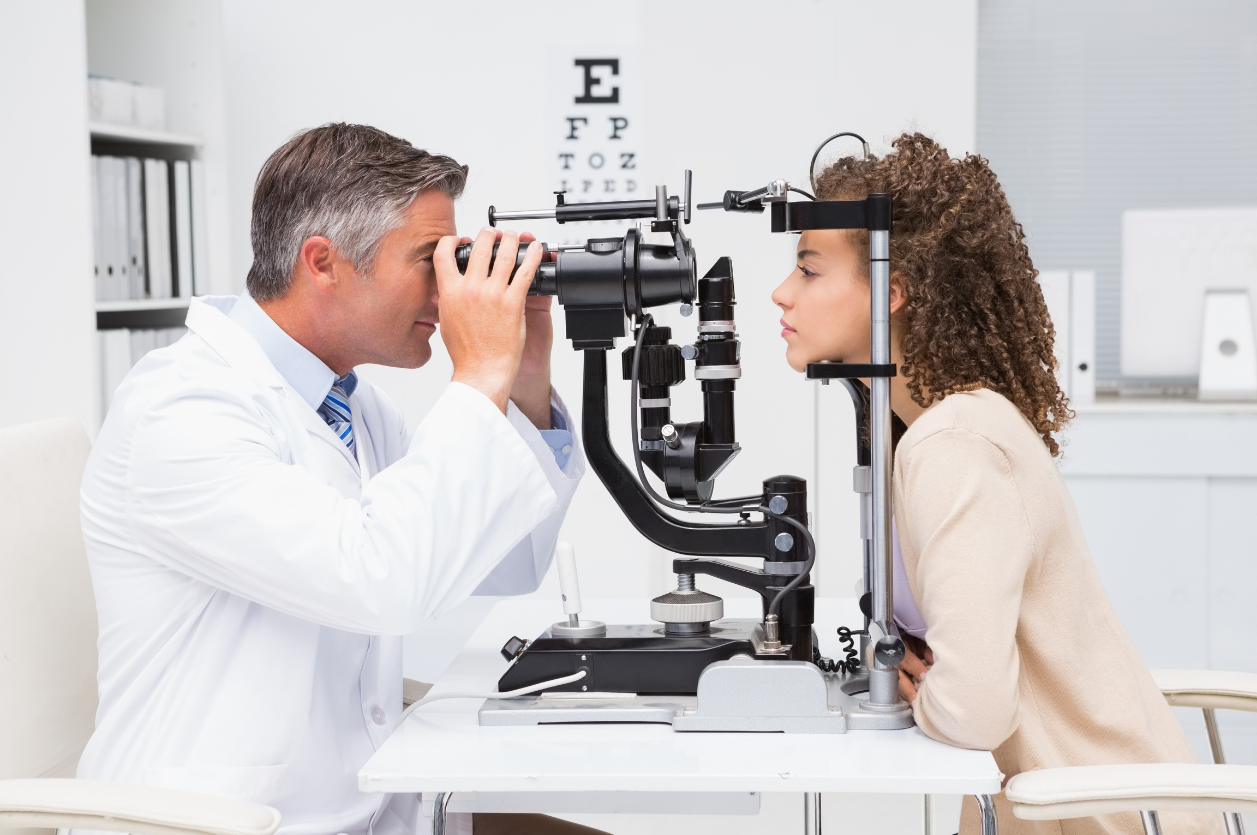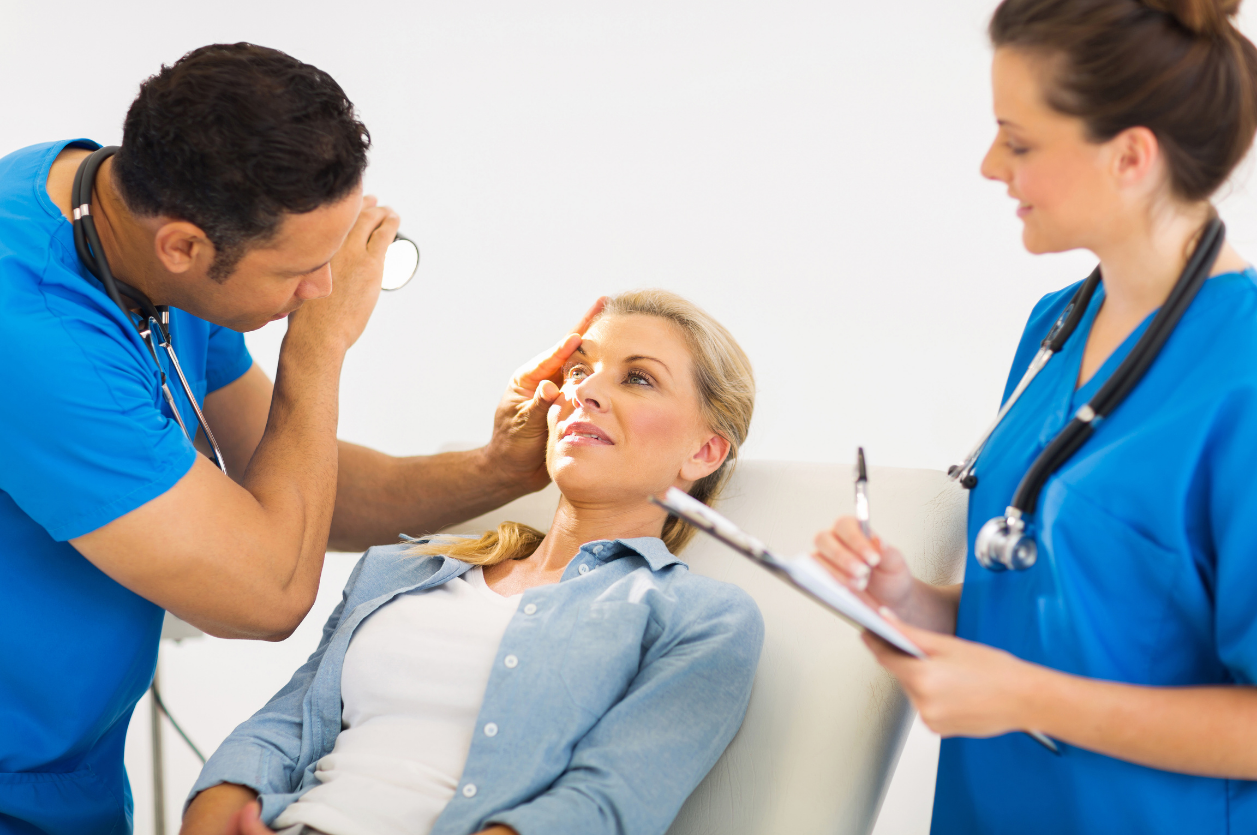How Vision Source Plano Can Help Patients Spot AMD Symptoms Early and Slow Its Progression
Age-related macular degeneration, or AMD, is the leading cause of vision loss in the United States. It can destroy the macula, which is the part of the eye that enables a person to have the sharp central vision necessary to see images clearly.
American Macular Degeneration Foundation (AMDF) reports that macular degeneration "is the leading cause of vision loss, affecting more than 10 million Americans - more than cataracts and glaucoma combined.
The risk of AMD increases as people age and is common among older white Americans. In fact, according to the National Eye Institute, more than 14 percent of white Americans age 80 and older are affected by age-related macular degeneration.
There are a number of steps that can be taken to help slow the progression of this disease and retain your vision.
What can be done to slow the progression of this disease and retain your vision?
What Is Age-Related Macular Degeneration?
 AMD is an eye disease that worsens over time and is the leading cause of severe vision loss in people over the age of 60.
AMD is an eye disease that worsens over time and is the leading cause of severe vision loss in people over the age of 60.
Macular degeneration happens in the central portion of the retina, called the macula. The retina is nerve tissue located at the back of the eye that’s responsible for sensing light and sending this information to your brain via the optic nerve. The macula, located at the center of the retina, plays a critical role in sensing information and light in the eye’s central vision.
Since this disease develops as the eye ages, it’s referred to as age-related macular degeneration. There are rare cases of macular degeneration happening in children and young people, but for the most part, macular degeneration happens later in life.
Here’s the important thing to know: Although there is no cure for age-related macular degeneration, it can be stopped or slowed if it’s detected early enough, making regular eye exams an important part of ocular health.
The Two Forms of Macular Degeneration
There are two types of age-related macular degeneration: dry AMD and wet AMD. Here’s what you should know about both forms:
Dry Age-Related Macular Degeneration
Dry AMD is fairly common. Eight in 10 people who have AMD have the dry form of the disease. As the macula gets thinner with age, tiny proteins begin to grow in clumps on and around the retina. These proteins, called drusen, cause the macula to deteriorate even more and lose its function. The amount of vision loss caused by dry AMD is directly related to the location and amount of retinal thinning.
Wet Age-Related Macular Degeneration
With wet AMD, abnormal blood vessels grow under the retina and macula. These new blood vessels can bleed or leak fluids, which causes the macula to bulge or lift from the flat position, distorting or destroying the retina’s central vision. Wet macular degeneration develops in about 10% of people who have dry AMD.
Lowering Your Risk for Age-Related Macular Degeneration
According to the National Eye Institute, patients can make important life choices that may help lower the risk of AMD or slow its progression. What kinds of healthy choices can you make to protect your eyesight?
- Stop smoking (or never start!).
- Get regular physical activity as recommended by your physician.
- Do what you can to maintain healthy blood pressure and cholesterol levels.
- Eat a healthy, balanced diet including fish and leafy green vegetables.
The risk for AMD increases as we age. People over the age of 60 are more likely to start to display symptoms of AMD. The risk also increases for those who:
- Have a family history of macular degeneration.
- Are Caucasian.
- Are smokers.
Patients who are at a higher risk for AMD should do what they can to lower their risk, including getting regular eye exams. There are no symptoms during the early stages of age-related macular degeneration, which means you can’t wait for your vision to change to warn you there’s a problem; you need regular visits with a qualified optometrist to stay on top of your ocular health.
How We Can Help Spot Symptoms and Slow the Progression of AMD
Spotting Symptoms
There are usually no symptoms early in the progression of AMD, which means it may not be diagnosed until it starts to get worse. If you notice these symptoms of age-related macular degeneration, you should see your optometrist right away:
- Worse or less clear vision.
- Dark, blurry areas in the center of your vision.
- Worsening or different color perception.
- Straight lines that seem wavy or bent.
- Spots or smudges in your vision.
- Difficulty adapting to changes between light and dark.
If you’ve been diagnosed with AMD, it’s important to monitor your vision regularly using an Amsler grid, which can help you detect changes in blurry spots or wavy lines, which can indicate worsening conditions.
Slowing the Progression of AMD
Beyond slowing the progression of AMD with diet, exercise and healthy habits, at Vision Source Plano, there are a number of steps we can take to help slow the progression of age-related macular degeneration.
Common treatments for AMD include:
- Anti-angiogenesis drugs, which can slow the progression of wet macular degeneration by stopping the creation and leaking of blood vessels in the eye. Some patients who take these drugs regain some of their lost vision.
- Laser therapy using high-energy laser light to destroy abnormal blood vessels growing in the eye.
- Photodynamic laser therapy, in which a light-sensitive drug is injected into the bloodstream and absorbed by abnormal blood vessels. The doctor then shines a laser into the eye to trigger the medication to eradicate those blood vessels.
- Low vision aids, which have special lenses (or sometimes even electronic systems) to create larger images of nearby things, can help people who have lost vision from their AMD make the most of their remaining vision.
What is the most important thing you can do to take care of your vision if you have age-related macular degeneration? See your optometrist for regular checkups. Especially since the symptoms don’t always show up until AMD has progressed, it’s important to see your doctor regularly. If you’re at risk of AMD, it’s crucial to keep regular appointments.
At Vision Source Plano, we’ll work closely with you to determine a plan of care if you’re at risk of developing AMD or you’re starting to see symptoms of macular degeneration. Our goal is to protect your vision, slow the progression of AMD and keep a close watch on the health of your eyes.
We’re here to help you through this. Use our contact form to learn more, or call us at (972) 612-2099.
Disclaimer: The content on this blog is not intended to be a substitute for professional medical advice, diagnosis, or treatment. Always seek the advice of qualified health providers with questions you may have regarding medical conditions.








